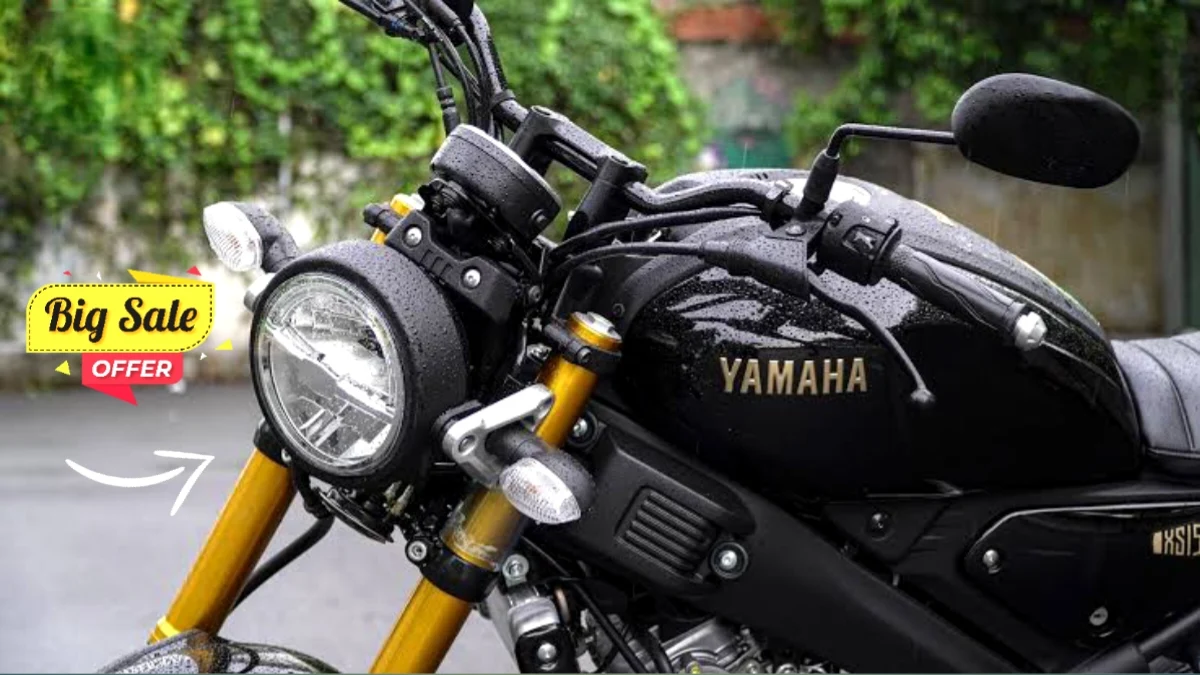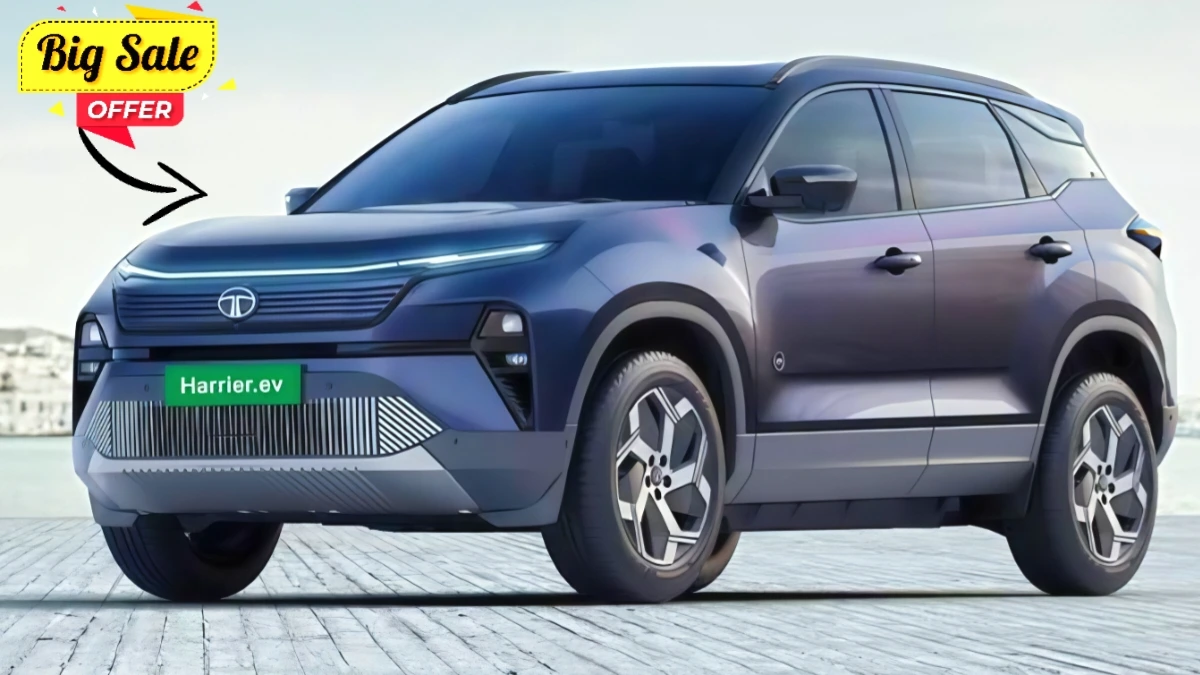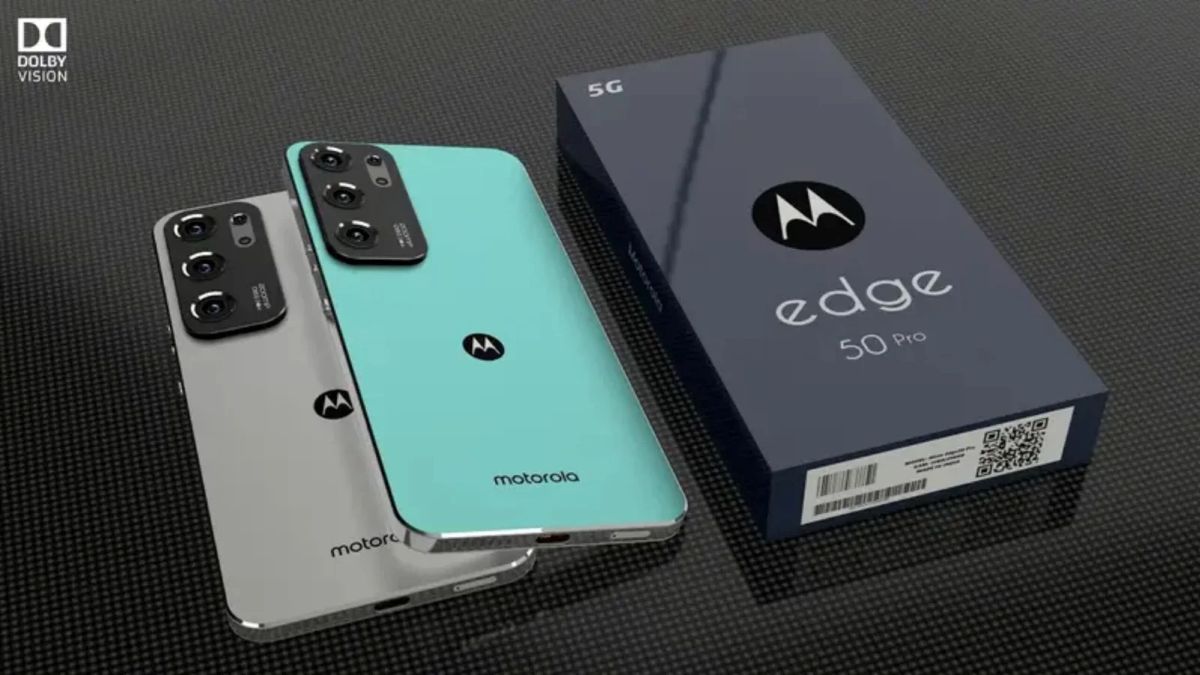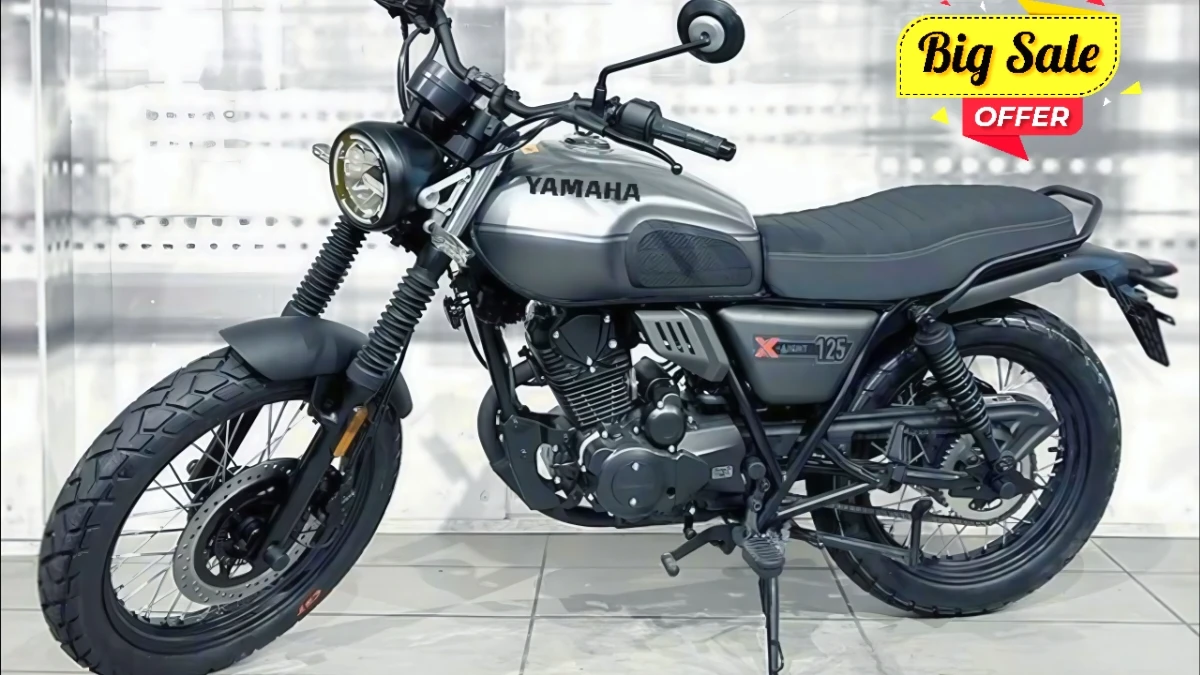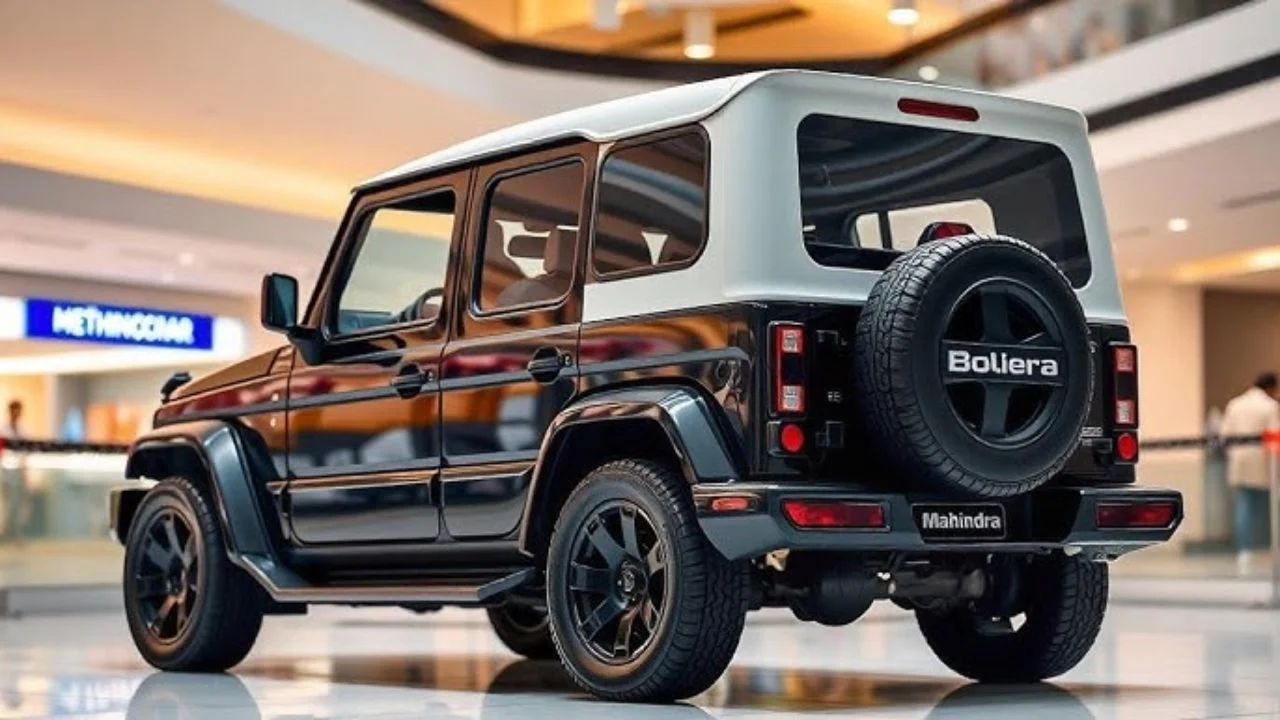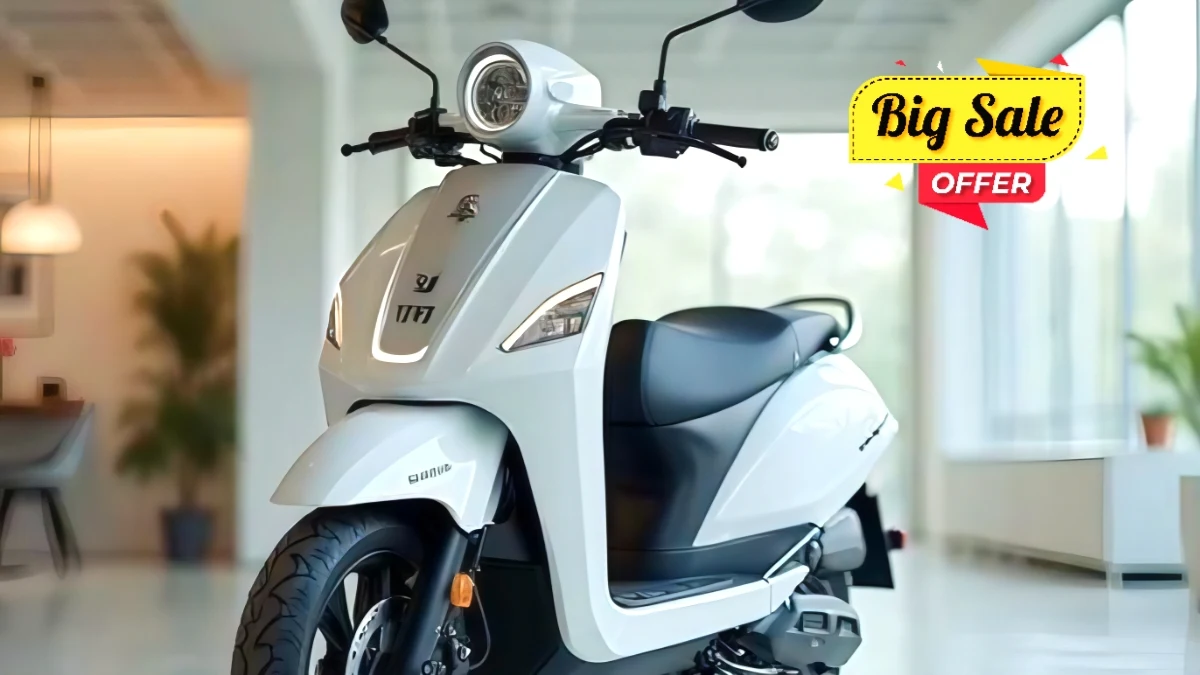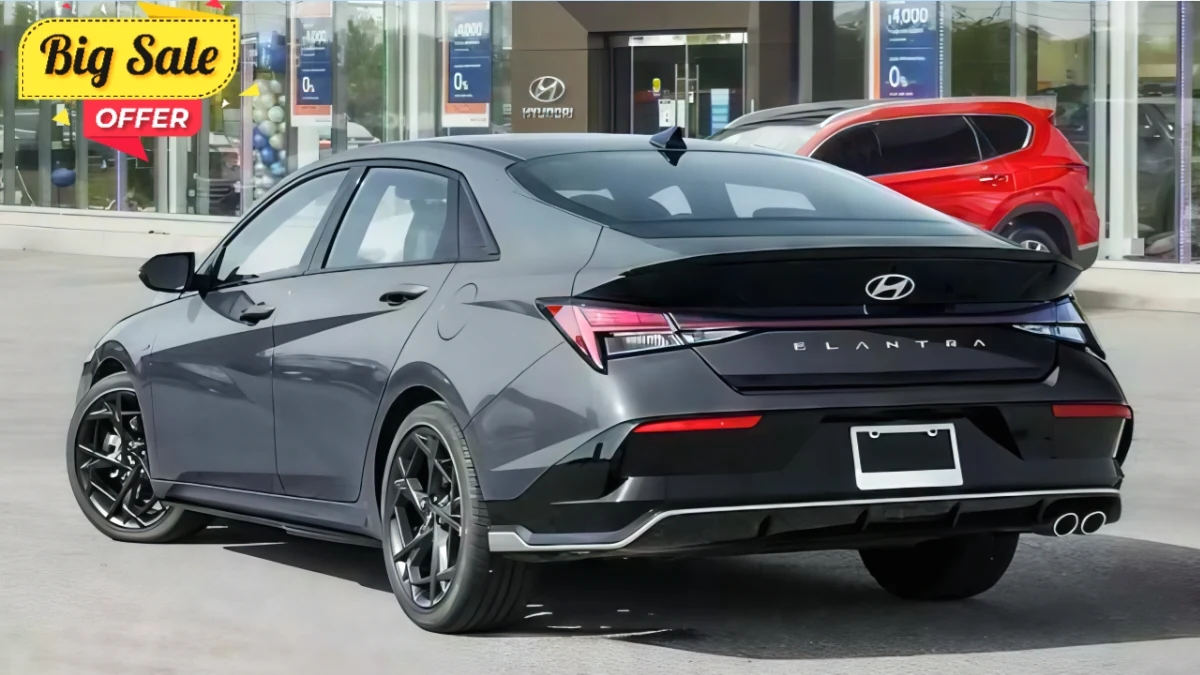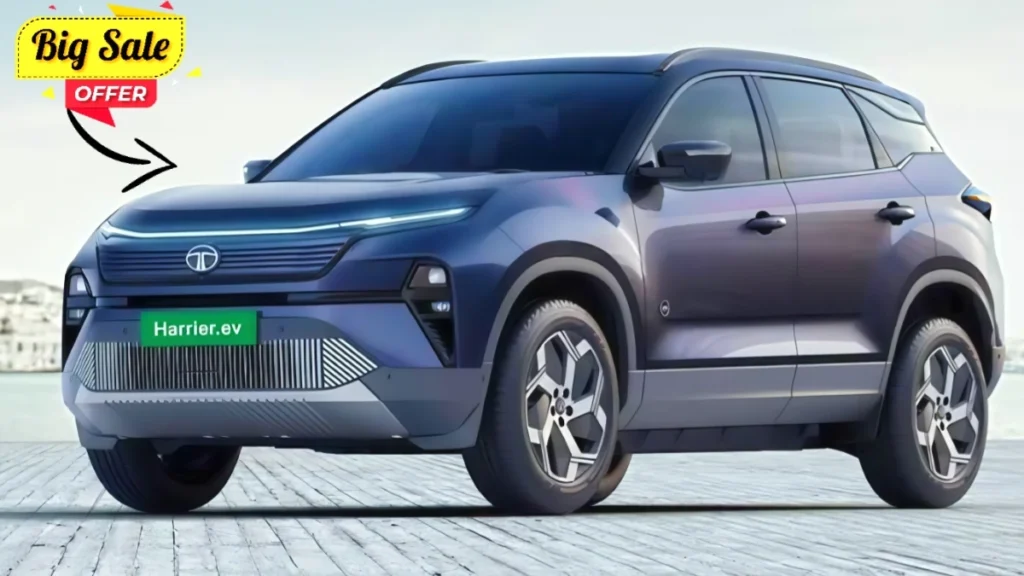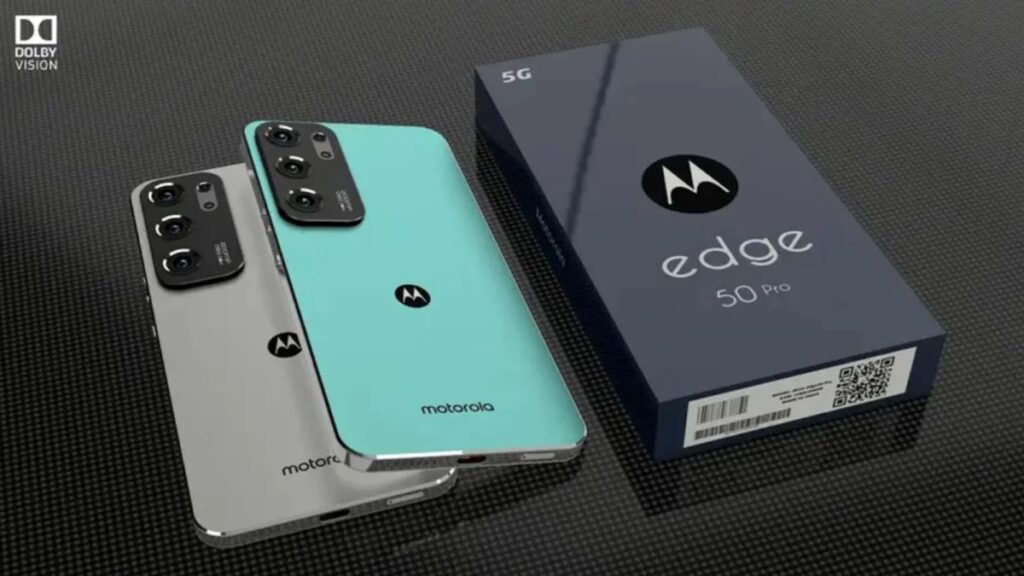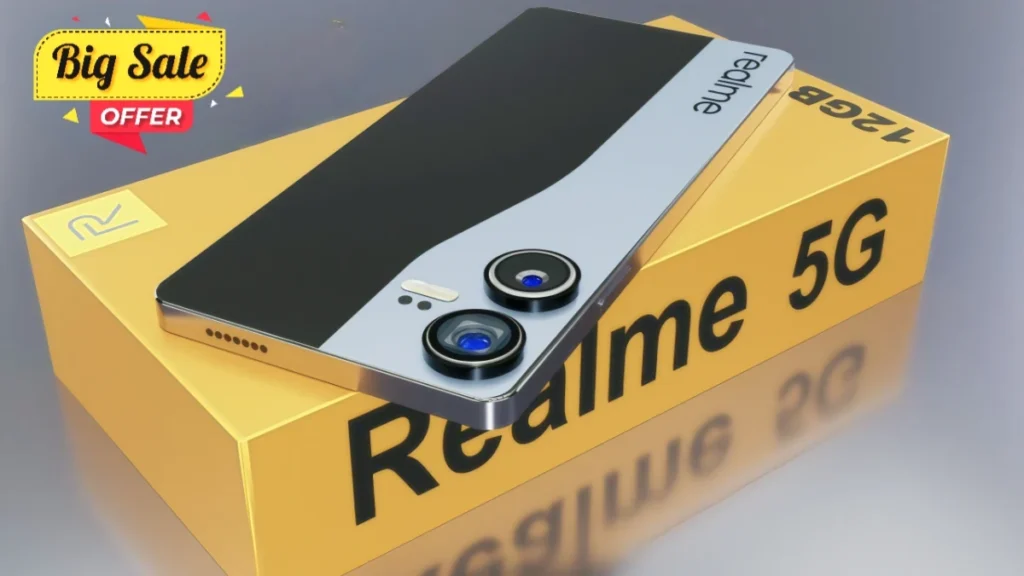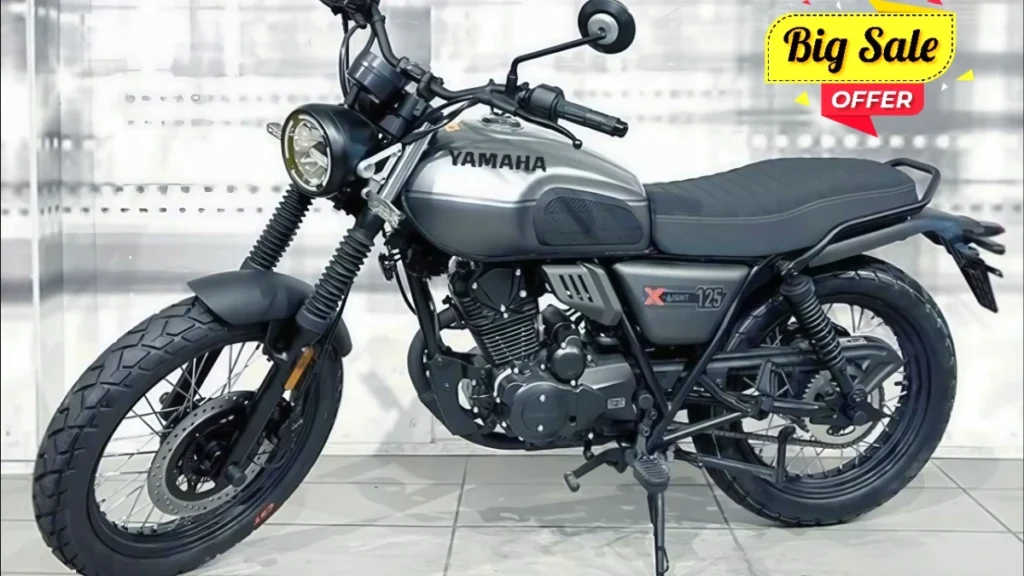The Yamaha XSR 155 2025 is stealing the spotlight in India’s premium 150cc segment, blending nostalgic café racer aesthetics with cutting-edge engineering. Priced between ₹1.75 lakh and ₹1.85 lakh (ex-showroom), this neo-retro motorcycle offers a 155cc liquid-cooled engine, a vibrant TFT display, and an impressive 48.58 kmpl mileage, making it a top contender for Google Discover in 2025. Tailored for urban riders, young enthusiasts, and weekend adventurers, the XSR 155 combines style, performance, and affordability. In this detailed review, we’ll dive into its design, performance, features, and why it’s a standout choice for Indian roads. Let’s explore what makes the Yamaha XSR 155 a retro-modern masterpiece
Timeless Design with Modern Flair
The Yamaha XSR 155 2025 is a visual treat, drawing inspiration from Yamaha’s iconic XSR series. Its round LED headlamp, teardrop-shaped 10-liter fuel tank, and flat ribbed seat evoke the charm of 1970s café racers, while brushed aluminum panels and chrome accents add a premium touch. Available in vibrant colors like Metallic Brown Authentic, Matte Silver Premium, and Yamaha Heritage White, it’s a head-turner in cities like Mumbai or Delhi. The minimalist bodywork, exposed Delta Box frame, and retro graphics enhance its vintage appeal, though the glossy tank attracts smudges, as noted by early riders.
Weighing just 134 kg with an 810 mm seat height, the XSR 155 is nimble and accessible for riders of varying heights, including those around 5 feet. Its 170 mm ground clearance tackles India’s uneven roads, while the compact 1,330 mm wheelbase ensures agility in traffic. The upright handlebars and centrally positioned footpegs promote a relaxed riding posture, though the firm seat may feel less comfortable on rides exceeding 100 km. The fit-and-finish is top-notch, but some users wish for a metallic fuel tank instead of the plastic outer shell for a more authentic retro feel.
Performance and Fuel Efficiency
At the heart of the XSR 155 lies a proven 155cc, liquid-cooled, single-cylinder engine with Variable Valve Actuation (VVA), delivering 19.3 PS at 10,000 rpm and 14.7 Nm at 8,500 rpm. Shared with the Yamaha R15 and MT-15, this engine is paired with a 6-speed gearbox and an assist-and-slipper clutch for smooth, fatigue-free shifts. The VVA technology ensures linear torque for city sprints and strong top-end power for highways, hitting 0–60 km/h in about 5 seconds and a top speed of 120–130 km/h. However, overtaking at low RPMs can feel slightly sluggish compared to larger engines like the Royal Enfield Hunter 350’s 349cc.
The XSR 155 shines in fuel efficiency, offering 45–50 kmpl in city conditions and up to 48.58 kmpl on highways, as per real-world tests. With a 10-liter tank, it delivers a 450–480 km range, saving riders ₹7,000–₹9,000 annually at ₹100/liter compared to a 25 kmpl bike. Its BS6 Phase 2-compliant engine with fuel injection reduces emissions, aligning with India’s clean-air goals. The Delta Box frame, 37mm USD forks, and preload-adjustable monoshock ensure agile handling, though the firm suspension can feel harsh on potholes. Dual-channel ABS and disc brakes (282 mm front, 220 mm rear) provide confident stopping power, making it ideal for urban and occasional highway rides.
Modern Features and Technology
The 2025 XSR 155 introduces a segment-first full-color TFT display with Bluetooth connectivity via Yamaha’s Y-Connect app, offering call/SMS alerts, navigation, and ride analytics. The digital-analog cluster displays speed, fuel, gear position, and maintenance alerts, appealing to tech-savvy riders. Standard features include full LED lighting, a USB charging port, and a side-stand engine cut-off for safety. Higher trims (DLX) add dual-channel ABS and traction control, though the base variant sticks with single-channel ABS, a minor drawback compared to the TVS Ronin’s dual-channel setup.
The bike’s tech package is practical, with the LED headlamp ensuring excellent nighttime visibility and the USB port catering to smartphone-dependent commuters. However, the lack of adjustable suspension and a slightly dim TFT screen in direct sunlight are noted cons. Compared to the Yamaha FZ-X’s dated LCD, the XSR 155’s vibrant display and connectivity make it a modern, youth-focused choice for urban riders and weekend explorers.
Safety and Comfort
Safety is a strong suit, with dual-channel ABS (DLX variant), disc brakes, and tubeless tires (100/80-17 front, 140/70-17 rear) ensuring grip and stability on wet or uneven roads. The traction control system enhances confidence on slick surfaces, a boon in India’s monsoon-heavy cities. The upright ergonomics and 810 mm seat height suit most Indian riders, though taller riders (6 feet+) may find the footpegs slightly cramped. The suspension, with 37mm USD forks and a monoshock, absorbs bumps well but feels stiff on rough rural roads, making it better suited for city runs.
While the XSR 155 lacks a Global NCAP rating, its lightweight 134 kg frame and robust brakes offer decent crash protection for its class. The low seat height and 4.7-meter turning radius make it a breeze to maneuver in tight spaces, ideal for beginners. For pillion riders, the flat seat is functional but less cushioned for long rides, a common critique in user reviews. Overall, the XSR 155 balances safety and comfort for daily commutes and short weekend trips.
Pricing and Availability
The Yamaha XSR 155 2025 is expected to launch in India by March 2025, with prices ranging from ₹1.75 lakh to ₹1.85 lakh (ex-showroom). On-road prices may reach ₹2–₹2.1 lakh, depending on taxes. EMI options start at ₹2,500/month with a ₹15,000 down payment via partners like HDFC Bank, with up to ₹5,000 cashback on select bookings. Pre-bookings are open on Yamaha’s website (www.yamaha-motor-india.com) and at 1,000+ dealerships, with deliveries expected within 7–15 days post-launch. Buyers should verify offers, as discounts vary by region. The pricing positions it as a premium yet accessible option in the neo-retro segment.
Competitive Edge
The XSR 155 competes with the Royal Enfield Hunter 350 (₹1.50 lakh), TVS Ronin (₹1.49–₹1.70 lakh), and Honda CB300R (₹2.40 lakh). The Hunter’s 349cc engine offers more grunt but lower 20 kmpl mileage and a heavier 181 kg frame. The Ronin’s 225cc engine and dual-channel ABS are strong, but its design lacks the XSR’s retro charm. The CB300R’s 30 kmpl and 31 bhp are impressive, but its higher price is a barrier. The XSR 155’s 48.58 kmpl mileage, 134 kg weight, and Yamaha’s 1,000+ service network give it an edge for budget-conscious riders seeking style and efficiency. However, its 10-liter tank may limit long-distance touring compared to the Hunter’s 13-liter capacity.
Why It’s Perfect for Indian Riders
The Yamaha XSR 155 2025 is tailored for India’s diverse riding needs. Its 45–50 kmpl mileage and 10-liter tank offer a 450+ km range, ideal for city commutes in Bangalore or Kolkata. The 170 mm ground clearance and lightweight frame handle potholes and traffic with ease, while the VVA engine ensures no overheating in hot climates. The TFT display and Bluetooth cater to Gen-Z riders, and the retro styling resonates with those nostalgic for Yamaha’s RX100 legacy. While not ideal for extended highway trips due to the small tank, its agility and low maintenance (₹3,500–₹4,000/year) make it perfect for urban youth and weekend riders.
Final Verdict
The Yamaha XSR 155 2025, priced at ₹1.75–₹1.85 lakh, is a neo-retro gem that blends vintage charm with modern tech. Its 155cc VVA engine, 48.58 kmpl mileage, and TFT display with Bluetooth make it a stylish, efficient choice for urban commuters and enthusiasts. While the firm suspension and 10-liter tank are minor drawbacks, its lightweight 134 kg frame, dual-channel ABS (DLX), and Yamaha’s reliability seal its appeal. For riders seeking a head-turning bike with sporty dynamics and budget-friendly running costs, the XSR 155 is a top pick. Pre-book now at Yamaha dealerships or online for a thrilling retro-modern ride
Important Note
The ₹1.75–₹1.85 lakh pricing (ex-showroom) and ₹2,500/month EMI for the Yamaha XSR 155 2025 are based on leaks and may vary by region. The 45–50 kmpl mileage is from real-world tests and depends on riding conditions. Cashback (up to ₹5,000) and down payment offers are promotional and subject to change. Verify details with Yamaha’s website (www.yamaha-motor-india.com) or dealers. The launch is expected in March 2025, with deliveries within 7–15 days.
Disclaimer
The information in this article is based on industry leaks, Yamaha’s announcements, and user feedback as of August 2025. Actual specifications, pricing, and features may vary by region, dealer, or upon official launch. Always confirm details with official Yamaha sources or authorized dealerships before purchasing. The author and publisher are not responsible for discrepancies or changes in pricing, availability, or specifications.
